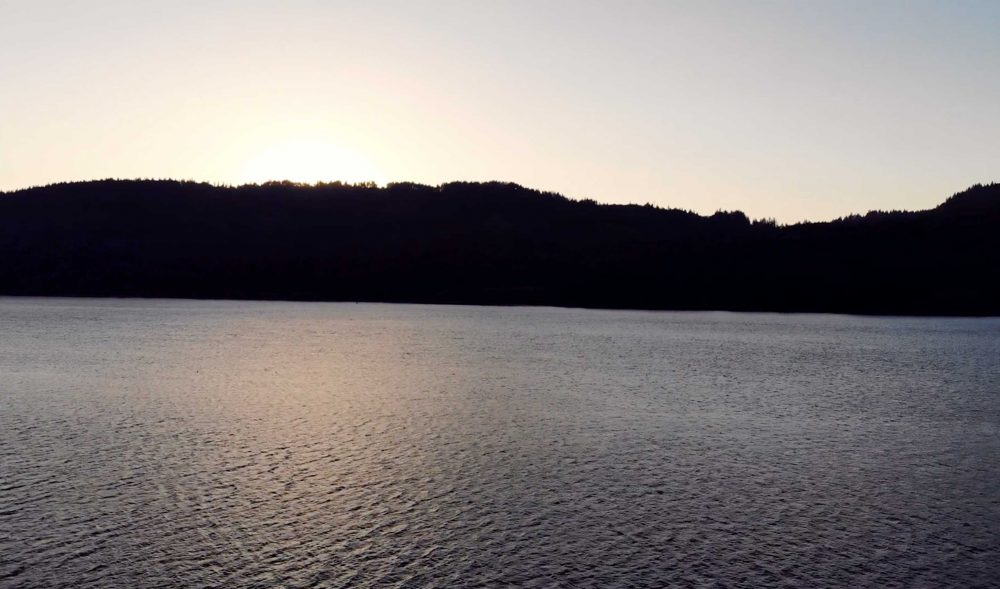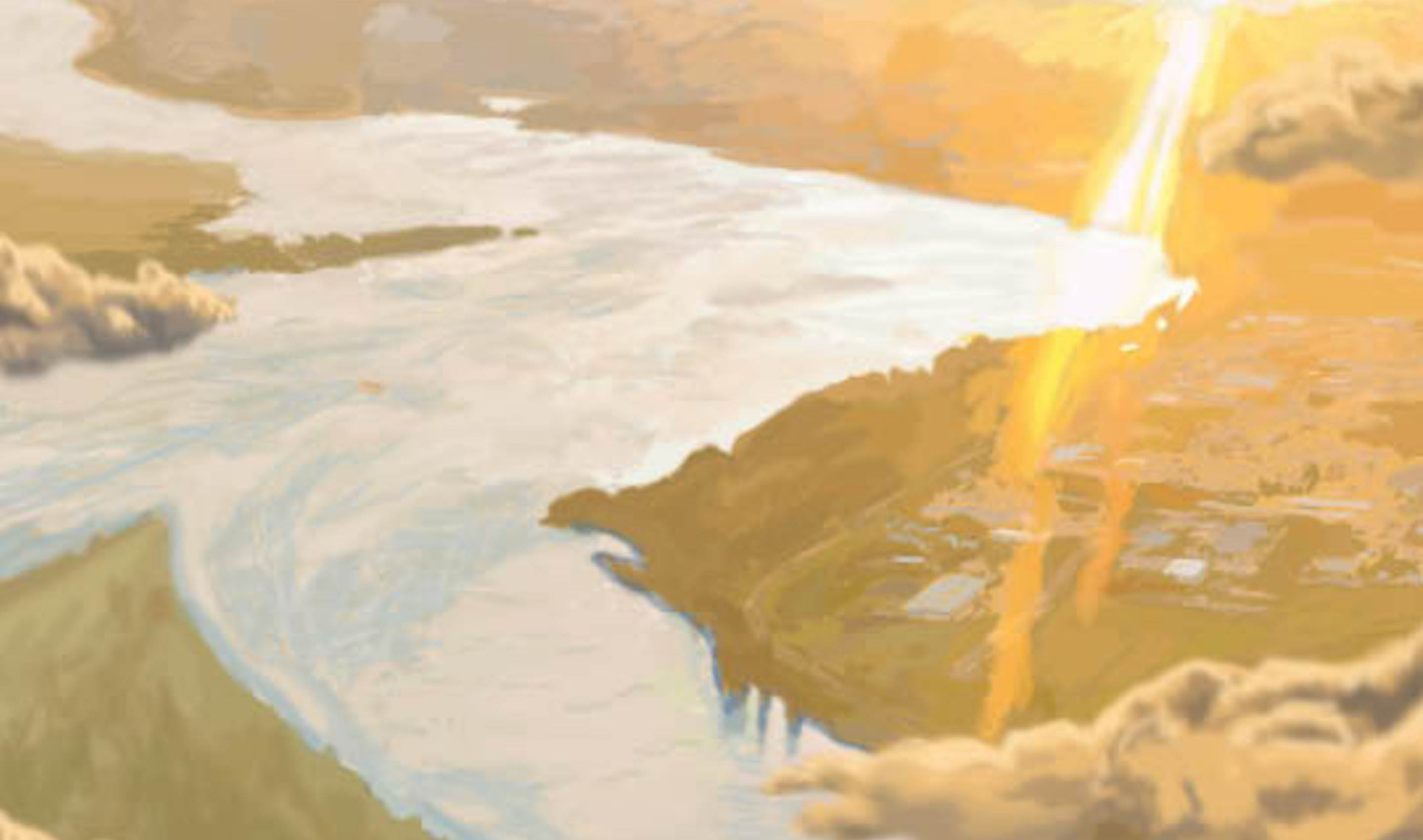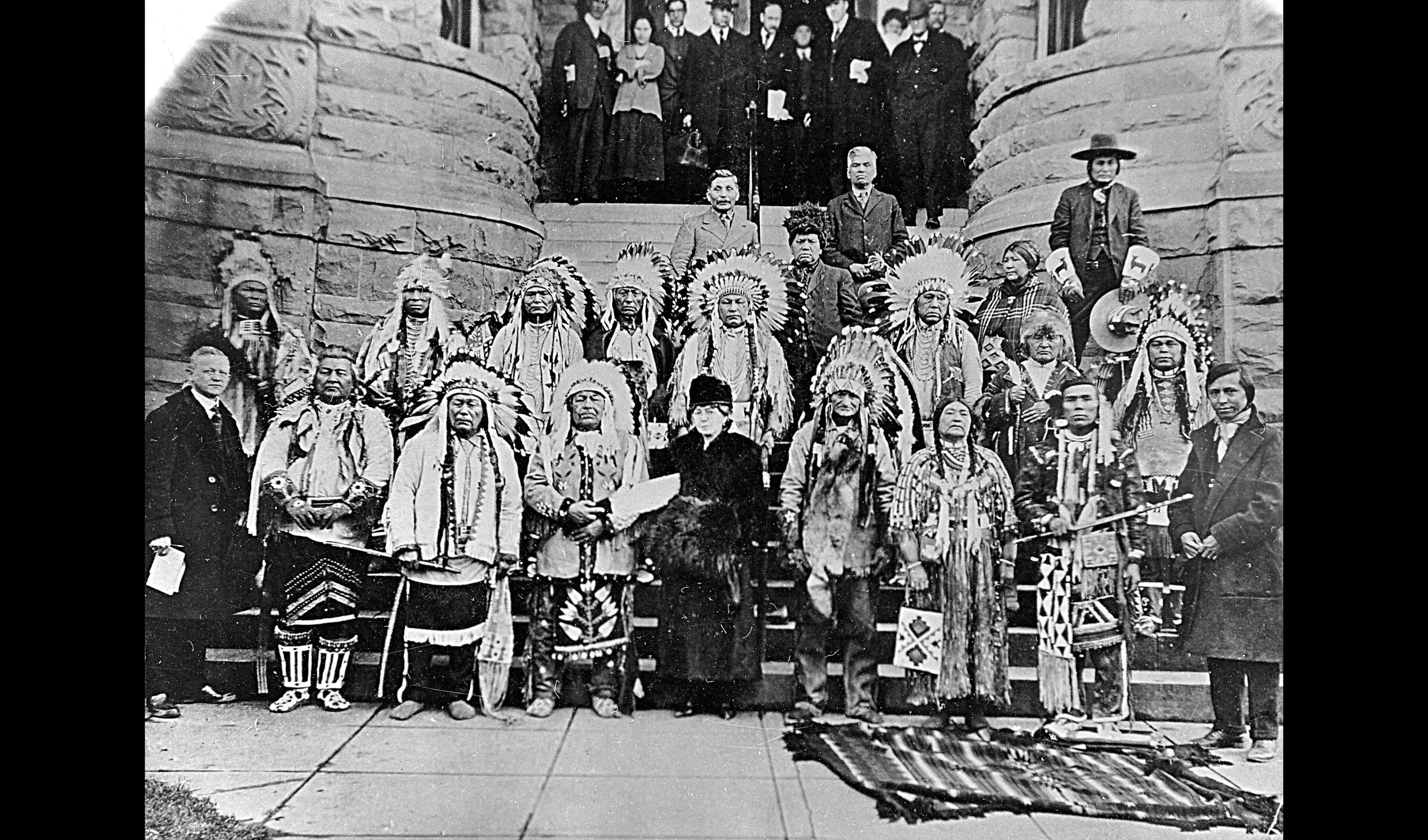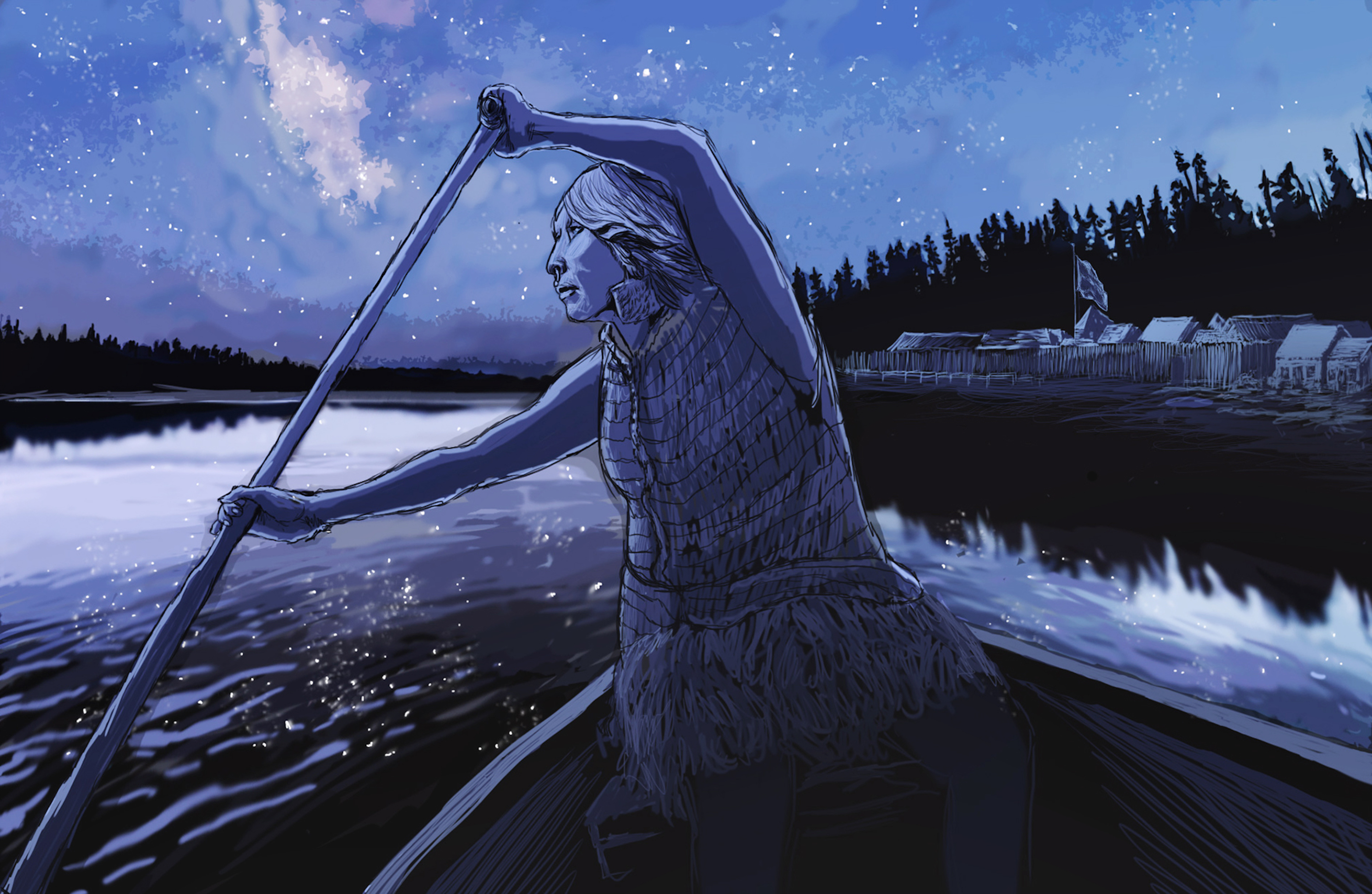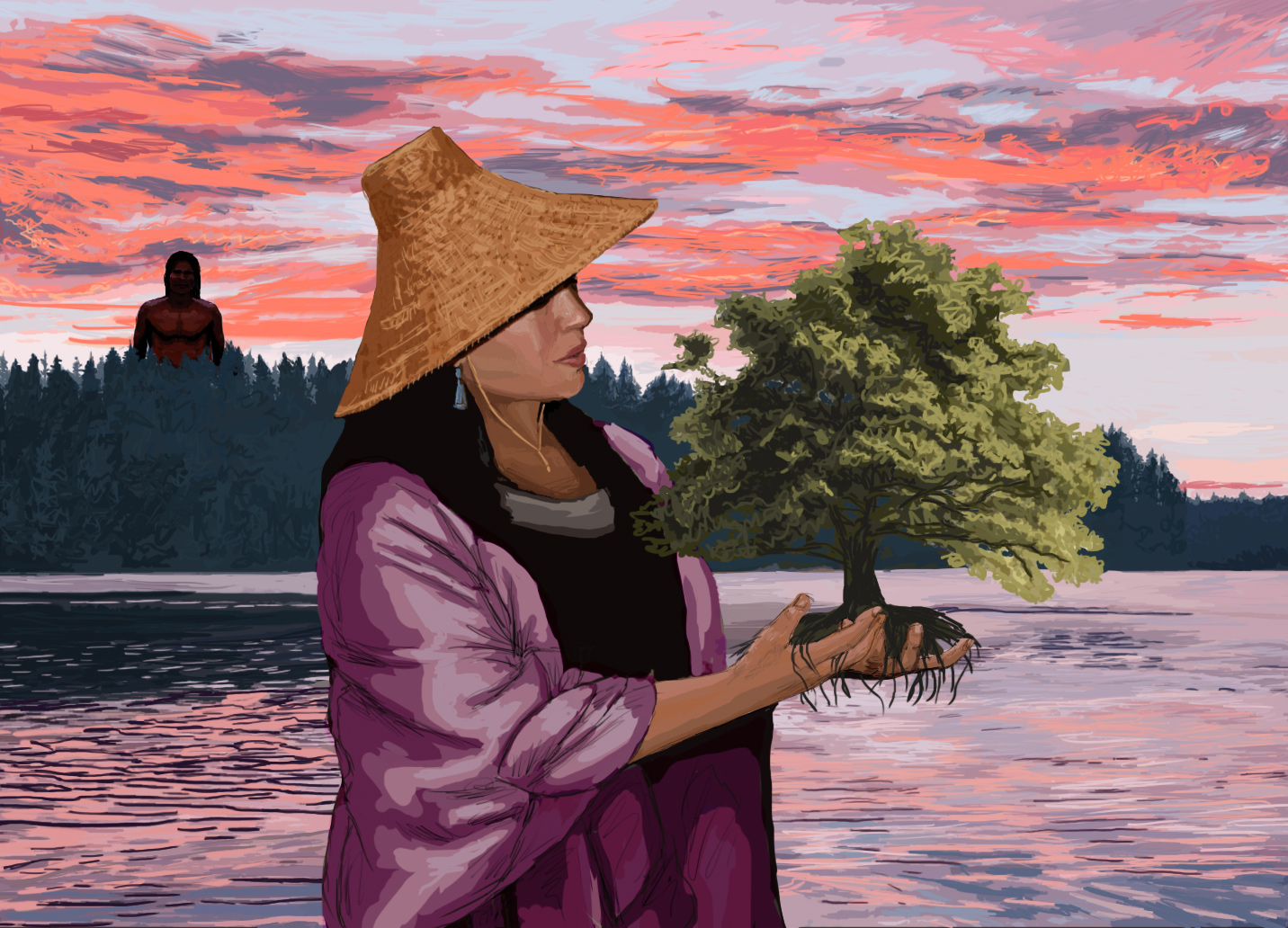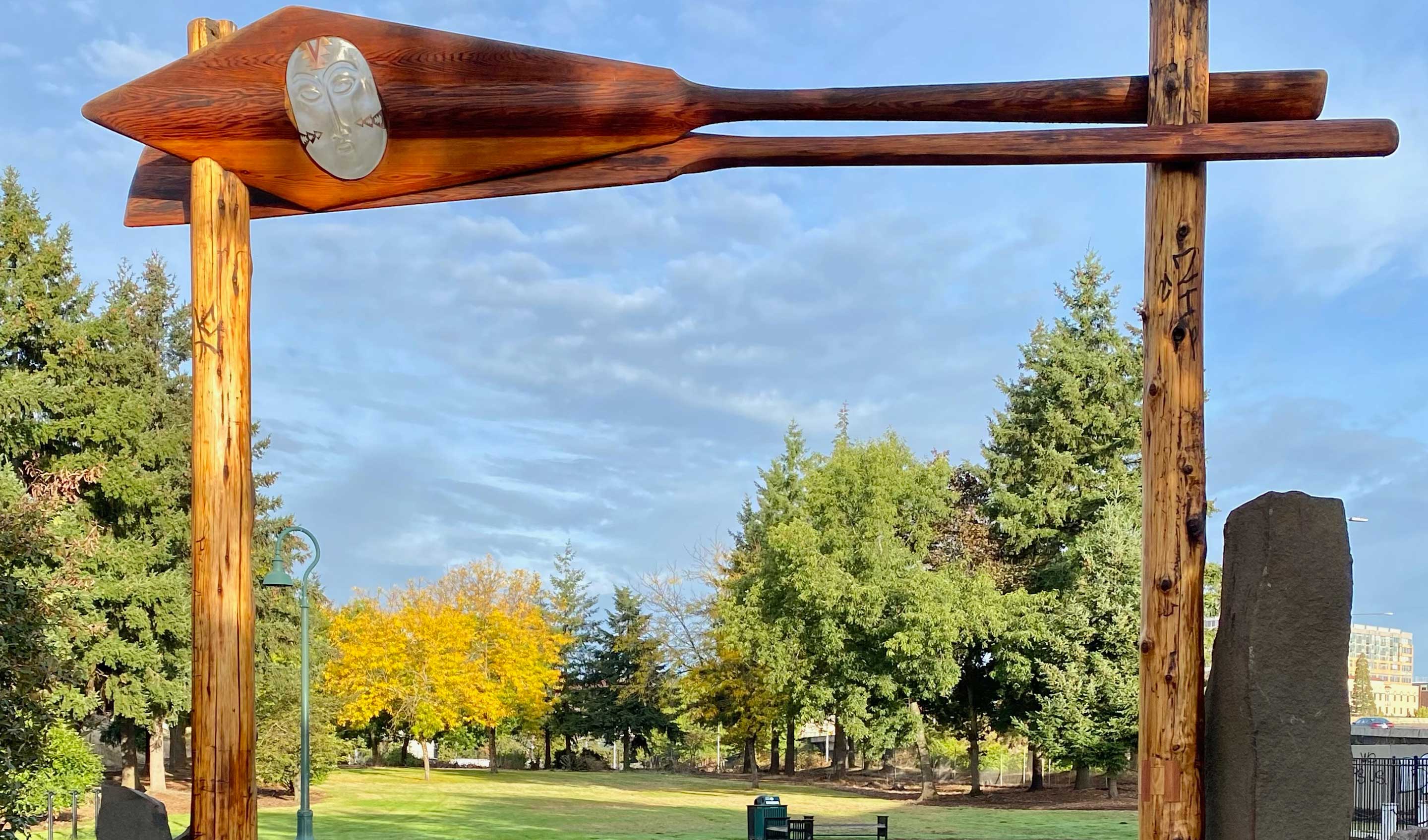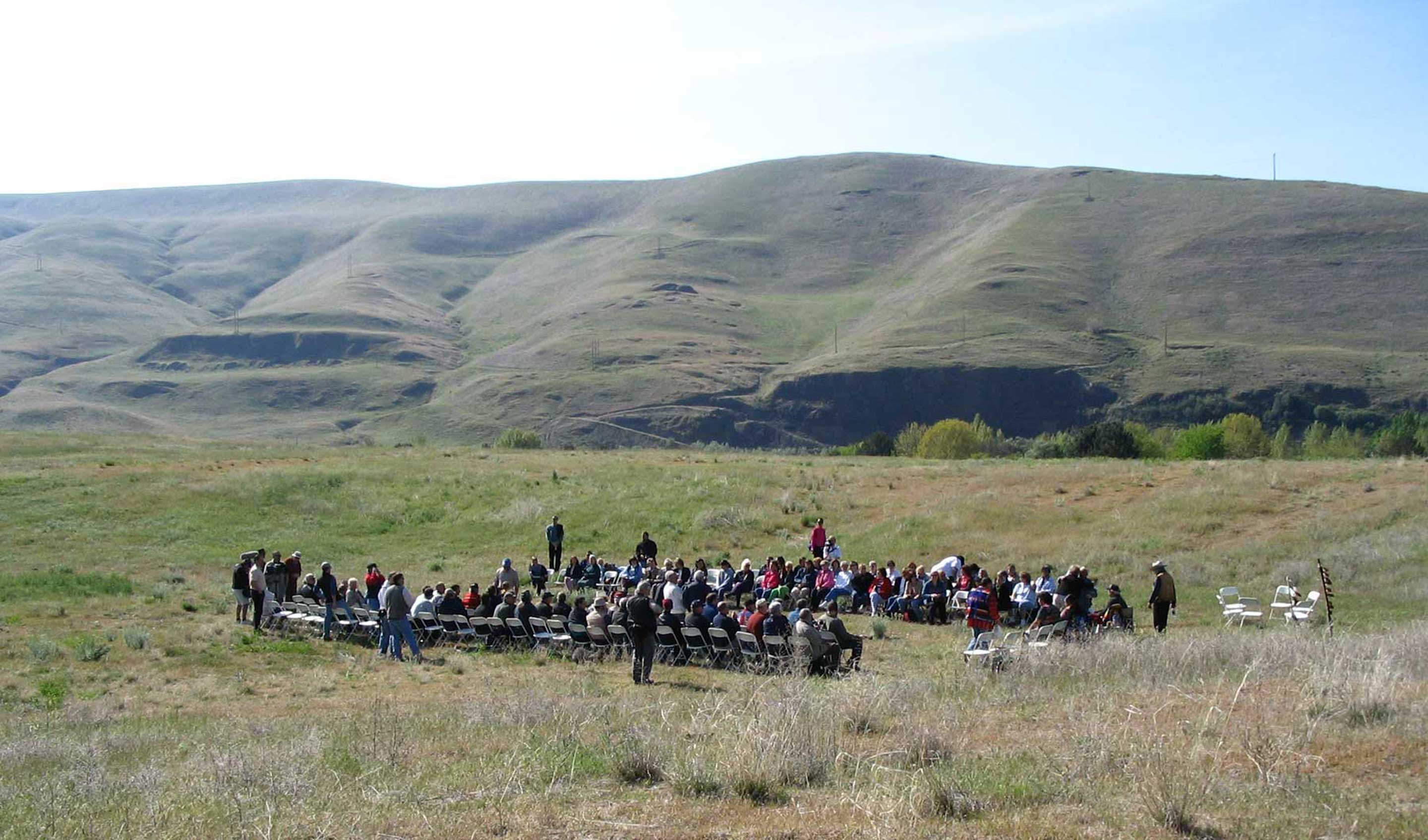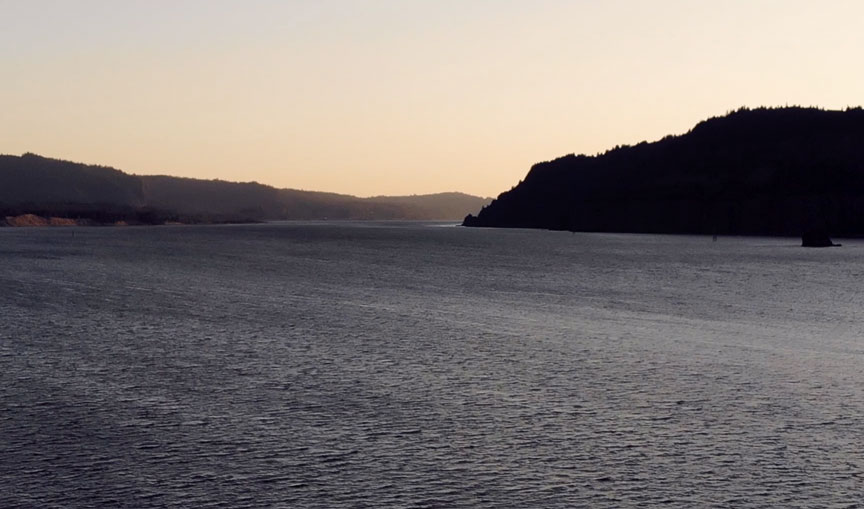Confluence Library
Confluence is honored to work with eight sovereign tribes from the Columbia River Basin. Each has a vast and rich history and enrolled members continue to maintain cultural, economic and environmental connections to their homelands. Here are some basic facts about each of these tribes with tribal resources to learn more.
In November 2022, Confluence launched a new publication. Voices of the River journal features articles, stories, poetry and artwork by Native American writers and artists from Northwest Tribes. Confluence and its supporters celebrated the release of the inaugural issue of the journal during a launch party and panel discussion on November 18, 2022 at the Oregon Historical Society in Portland, which is shared here in podcast format.
Welcome to the inaugural issue of Confluence’s Voices of the River journal! As Digital Content Manager at Confluence, I have had the honor of acting as the managing editor for this publication.
This article reflects upon the vision of Yakama Elders in illuminating a policy pathway while ensuring future generations’ fishing rights at one of their usual and accustomed places.
Carlee Wilson tells the story of her ancestor, Ilchee, in this creative piece.
History did not record her wedding, how she celebrated the birth of her daughter, or what emotions gripped her when she was told her husband went to live in the sea. There’s been no acknowledgment of her own death, not even a date.
“At Celilo Falls, the energy of the water was really powerful. I could just feel the mist spray your face, even if you stood far away. The falls had a roar that was so loud you could hear it from miles and miles away. Even in the next town over, The Dalles, you could hear it. It was an echo that you could feel in your heart.” Read this piece by Linda Meanus, about her memories of Celilo Falls.
Today Confluence honors Indigenous Peoples’ Day. This day, and everyday, is a time to celebrate Indigenous histories and cultures and remember whose land we’re on. This work continues beyond today, and so between now and Thanksgiving, we will be sharing highlights from Oregon’s Tribal History/Shared History curriculum.
This year the Vanport Mosaic asks us to consider the WE in “WE THE PEOPLE,” and how we can Remember, Repair, Reclaim, and Re-imagine our collective stories. Confluence is partnering with the Vanport Mosaic to address this question, through a Story Collection that offers Indigenous perspectives on monuments, memorials, healing, and how to tell a more inclusive version of history to the public, through video interviews, short films, podcasts, articles, and more.
This Story Collection is based on a conversation between Native Storyteller Ed Edmo and Professor Lani Roberts, where they discussed their parallel childhoods growing up in The Dalles and the discrimination that Ed faced there.

